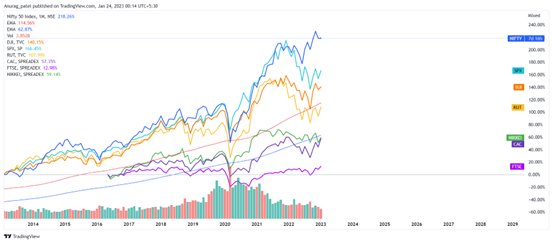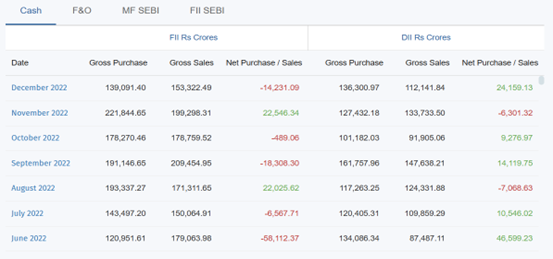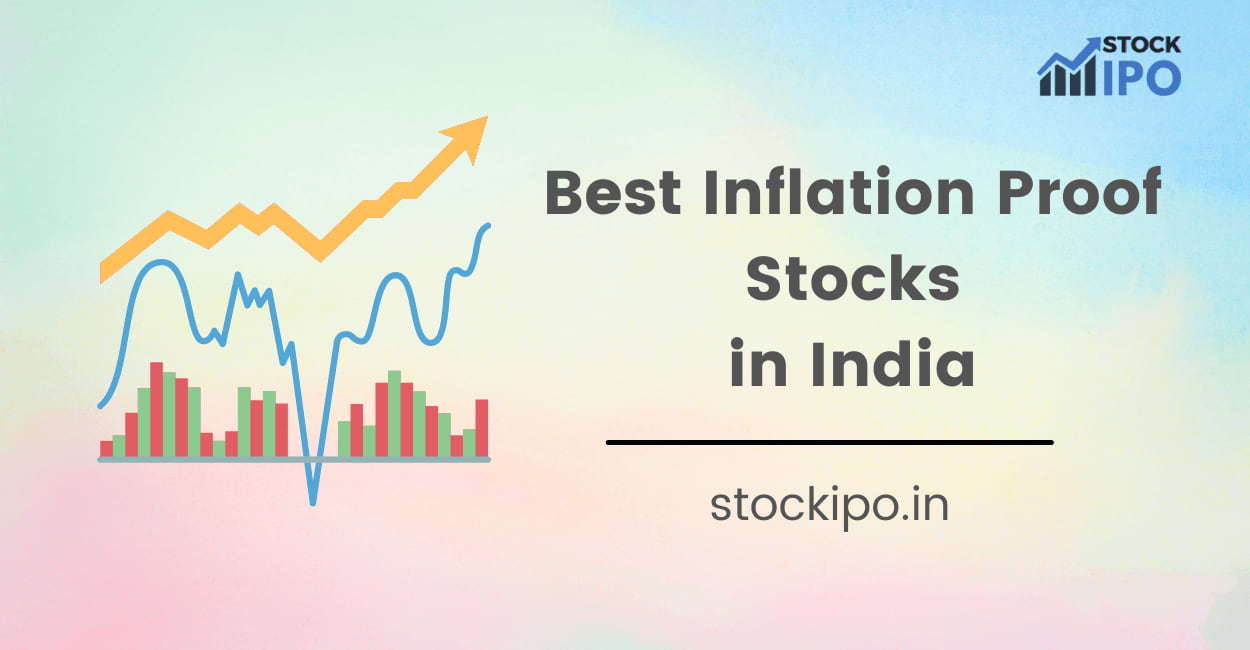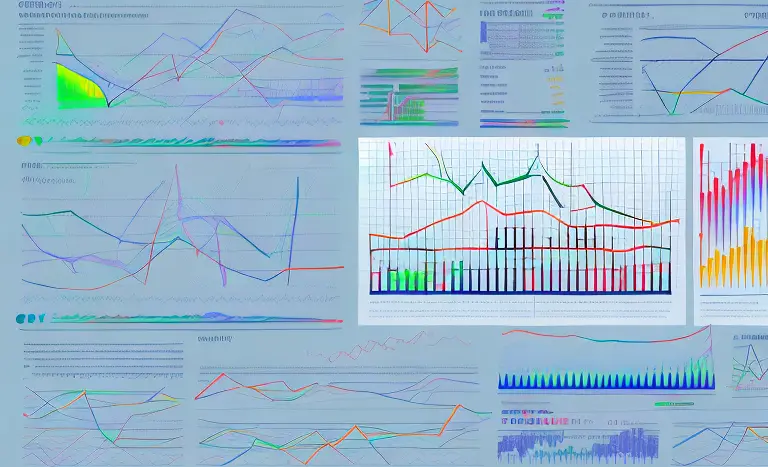Despite strong global headwinds roiling financial markets in 2022 worldwide, the Indian financial market showed strong resilience against such multiple economic shocks. The year 2022 was marked by a series of challenging phenomena, including inflation, high-interest rates, absurd corporate valuations, weakening of rupee, china’s reemergence of the covid outbreak and geopolitical uncertainties led down by Russia- Ukraine war, – all of which have led to a weakening of the global economy and adversely impacted the global financial markets but India stood as an exception. As Nifty 50 outperformed its global peers as the index gained about 5.6% in 2022, while most of the indices showed a 10-20% fall.

After a year of surprise and resilience, fears of market sell-off still persists as the war between Russia-Ukraine is not yet over and china is still struggling to counter the revival of the outbreak. Both these events had shaken the global financial markets throughout 2022 and are bound to impact market participants in 2023.
Notable headwinds to be taken care of by Indian investors are the interest rate hike by the world bank , persistent foreign institutional investor outflows and volatile currency fluctuations.
Significant Headwinds in 2023
Global Recessionary Fears
Economists worldwide have started warning against the fear of a global recession. As continuous hike in US Fed rates raises a recessionary alarm.The recessionary probability index published by the US Fed that looks at the spread between 3- year and 10- year treasury yields shows a heightened Recession fear.
Market Overvaluation fear
Indian Financial market stands at much higher valuation multiple than many other emerging markets. The valuation ratio for the Nifty is trading at 134% premium. Still market remain out of the overheated zone as market PE remain stable as compared to its historical values.
As India is the fastest growing economy having higher growth potential. It is able to attract private investments as it is becoming an alternate manufacturing destination for the world, leading in the public digital and financial infrastructure space as well.
Rise of Domestic Investors
The rise in participation of retail investors in Indian financial market acted as a major driver in reviving the market against global disturbances. As per the data, the DIIs (Domestic Institutional Investors) and the retail investors have absorbed the vaccum created. FIIs (Foreign institutional Investors) were squeezing their money out of the Indian financial markets due to US fed rate hike. This made indian market to sustain despite global volatility.

Few Years ago, where the participation of retail investors was minimal, with less than two crore demat accounts. After covid, the data has changed surprisingly, as demat account openings were clocking more than 10 lakhs a month. Currently, total demat account stands at 10.43 crore.
Furthermore, the rise in AUMs (Asset under management) of SIPs( Systematic Investment Plans) under mutual funds, strengthened the shield of Indian market against global economic shocks. The SIPs have shown significant rise from 43,921 crore in FY17 to 1 lakh crore in FY20 and currently registering an inflow of 12500 crore on average per month.
These data reveals the success of the Indian financial institutions or DIIs in tapping and accumulating the savings of the domestic consumers which led to mass investment in the domestic market in order to make it more self reliant and sustainable against economic disturbances.
Active Sectors in 2023
As sectors like domestic consumption, travel, hospitality and banking are doing well, they are expected to continue their bull run in 2023 as well. As PSB’s have shown significant credit growth and profitability in their financial statements, they will flourish in a rising interest rate environment.
Let’s take the view of the budget. The sectors which are related to infrastructure could witness robust growth in 2023 as the present government is more focused on tapping the infrastructure growth potential of India.
Government expenditures are much stressed on energy transformation. The government is incentivizing domestic manufacturing and defence indigenization and the private sector is seeing capex in energy transformation and technology as private investments remain strong in India despite global volatility.
Inactive Sectors in 2023
The sectors which are much influenced by global environments may witness some downgrades in 2023. As IT and pharma sectors which has global revenue share may see some downgrades due to global recessionary fear.
The US market contributing anywhere between 40% to 75% of the revenues earned by Indian IT companies, potential U.S and global recession pose a threat to India’s IT growth.
Conclusion
The Indian financial market is victorious in building strong confidence in the eyes of the investors worldwide as it sustained the economic uncertainties, unlike the markets of the developed economy which were hit adversely by the economic slowdown.This confidence would help the Indian markets to remain resilient in 2023 as well. As the market has got adapted to the existing uncertainties.







